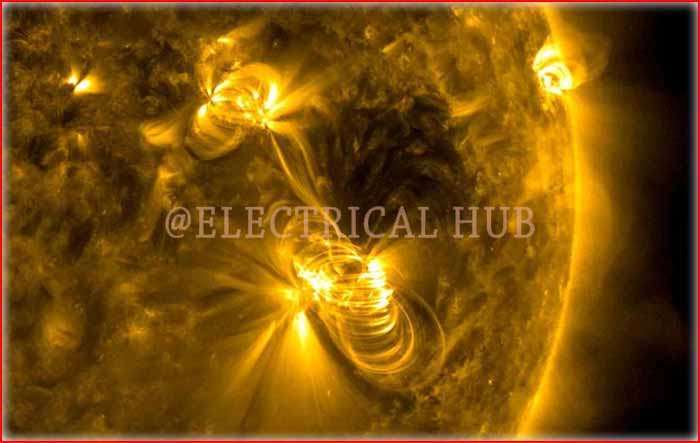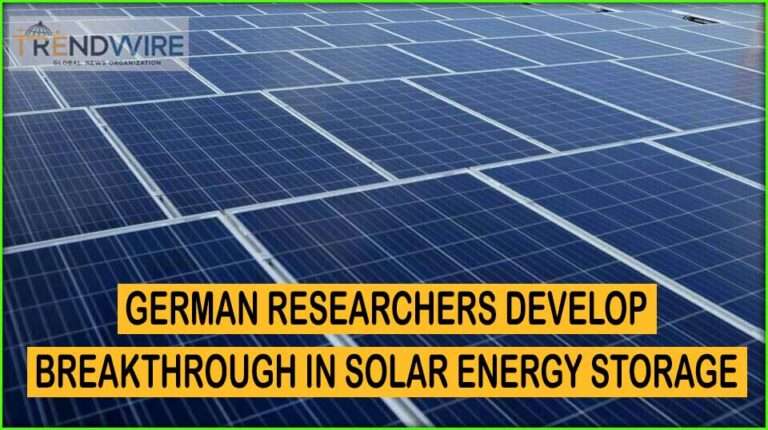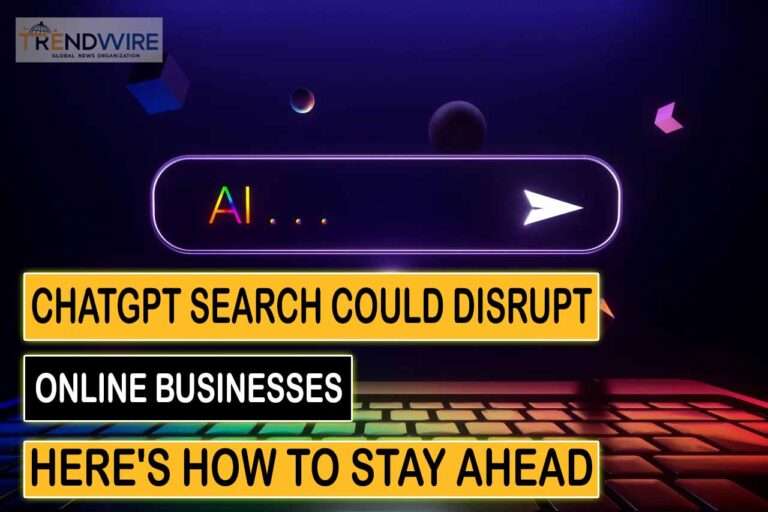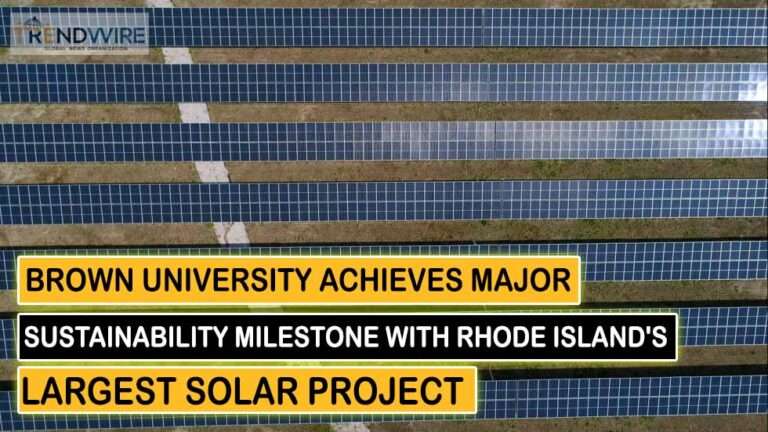Solar ‘Superstorm’ Sparks Concern: Experts Warn of Potential Internet Disruption
Understanding Implications of Increased Solar Activity and Its Impact on Technology
Recent reports and discussions within scientific circles have raised concerns about the potential impact of heightened solar activity on critical technological infrastructure, notably the internet. Multiple sources, including Fox Weather, TV5’s “Frontline Tonight,” and insights from experts at NASA and NOAA, highlight the ramifications of solar ‘superstorms’ and their capacity to disrupt electronic communications.

At the forefront of this discourse is a team led by Peter Becker, a professor at George Mason University’s Department of Physics and Astronomy, working in collaboration with the United States’ Department of Navy. Their focus lies in developing an early warning system to anticipate and understand dangerous solar events that could potentially lead to an “internet apocalypse.”
Becker’s insights shed light on the impending risks associated with solar phenomena, such as coronal mass ejections (CMEs), likened to “cannon shots” of heightened solar activity. These occurrences, if directed towards Earth, can induce disturbances in the planet’s magnetic field, potentially impacting electronic communication systems.
The discussions draw parallels with historical solar events like the Carrington Event of 1859, highlighting the profound impact of a CME on the telegraph system, akin to the internet of that era. Becker elucidates on the possibility of an analogous event today and its catastrophic implications, suggesting that modern-day technological infrastructures, including the internet, may not be equipped to withstand such disruptions.
NASA and NOAA corroborate these concerns, referencing past solar storms and acknowledging the vulnerabilities of modern technology to intensified solar cycles. The agencies emphasize potential risks such as electrical disruptions, GPS signal degradation, satellite orbital disturbances, and radiation hazards to aviation and space operations.
Efforts to mitigate these risks include the development of predictive models combining artificial intelligence with satellite data, aiming to forecast solar storms in advance. Long-term strategies encompass infrastructure fortification to withstand potential disruptions, a crucial step to safeguard critical technological services and prevent widespread economic repercussions.
As the scientific community intensifies its focus on predicting and preparing for solar events, the discourse underscores the imperative for collaborative efforts between experts and global stakeholders to safeguard technological infrastructure against the escalating risks posed by heightened solar activity.
Source: Contextual Compilation based on Reports from Fox Weather, TV5, NASA, and NOAA
Follow us on LinkedIn”Electrical Insights” to get the latest updates in Electrical Engineering. You can also Follow us on LinkedIn and Facebook to see our latest posts on Electrical Engineering Topics.










